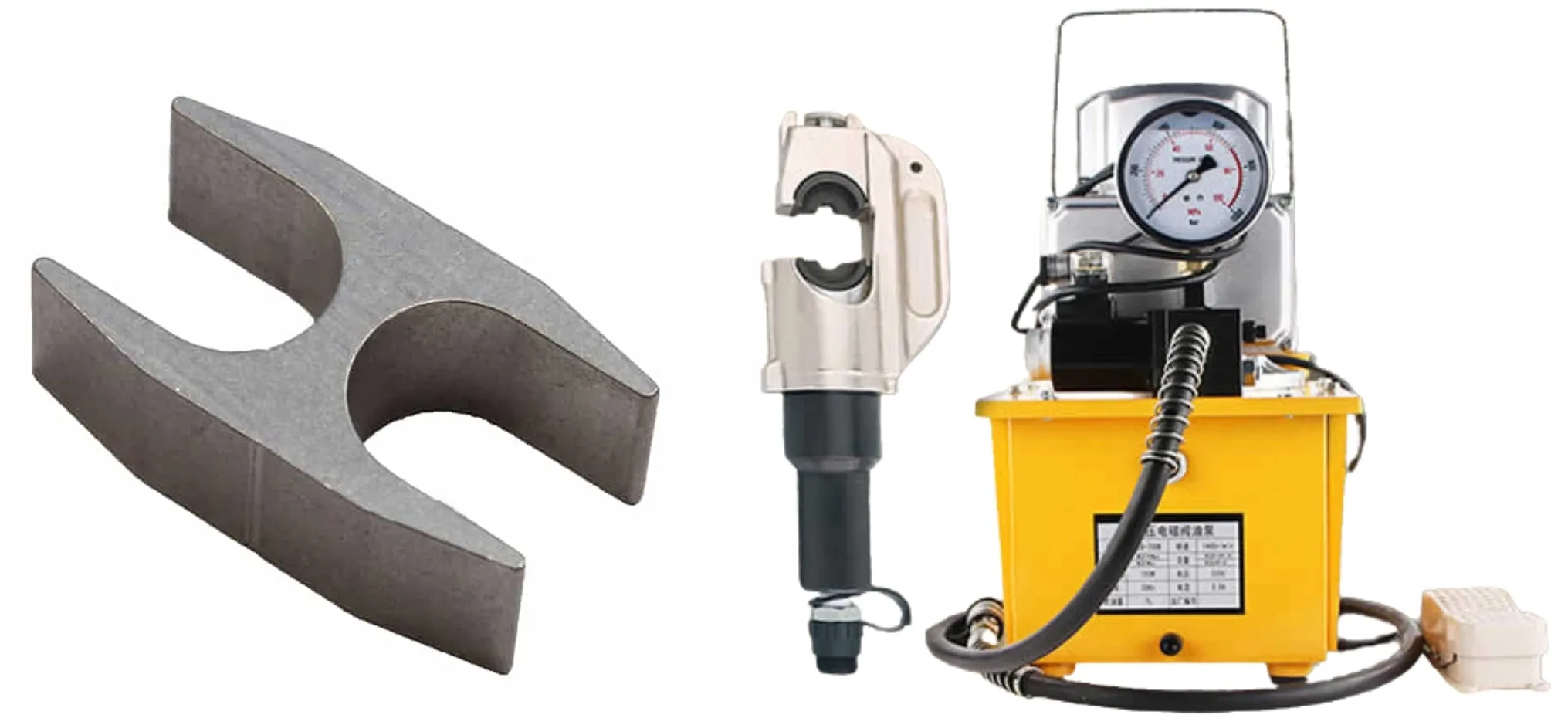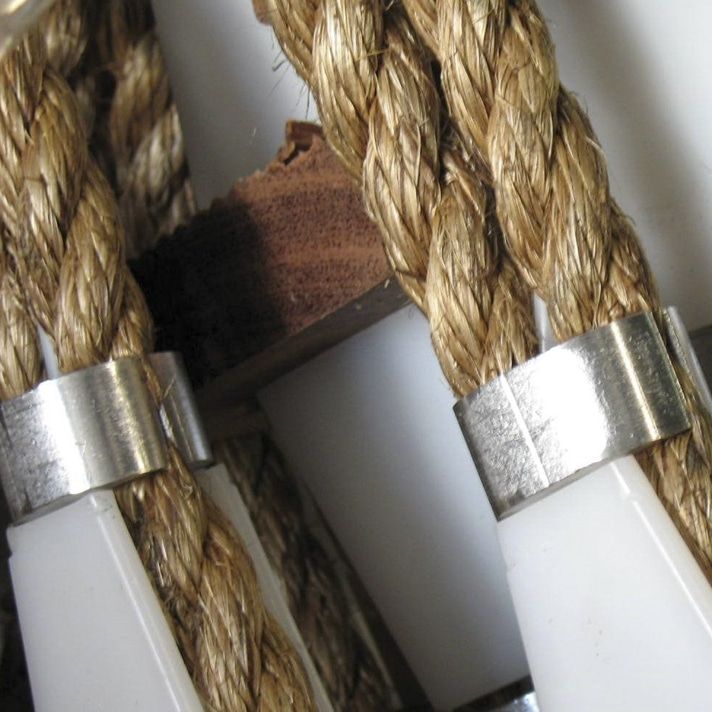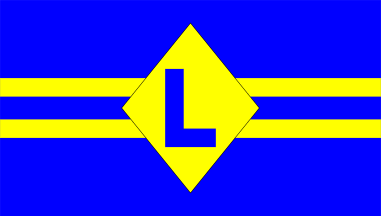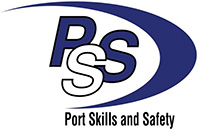Pilot Ladder Manufacture Hand Whipping Vs Metal Clamps
In the world of pilot ladders things have changed in recent years. When ladders were made on board rather than ashore there would be only wooden components, rope and hand seizings involved. It was a time consuming if ultimately satisfying job to construct and they hand whip each and every wedge on either side of the steps. It was always a task that needed ticking off in the Cadet record book and the finished product was something you could be proud of.
However in the modern maritime world such activities are no more. With ever small crews and larger vessels the planned maintenance alone is enough to employ the whole deck team during a sea passage and therefore things slowly evolved to manufacturing ladders ashore in large workshops.
As we've said before having visited one such facility in Rotterdam there is a lot to be said for the production line approach method of manufacturing in terms of economies of scale, quality control and standardisation. Ladders are constructed to incredibly tight tolerance using incredibly long jigs that accurately and repeatedly ensure steps are equidistant throughout the length of the pilot ladder. It is some way from the bosuns faithful measuring stick!
A New Method Of Making Pilot Ladders
In the early part of the new millennium a new method of securing came on the market, the aluminium ferule. These robust metal fasteners started to replace the hand whippings sailors were familiar with and to start with weren't incredibly popular. It's easy to understand why given that many deck officers and deck crew had fond memories of producing those hand whippings themselves. Many felt they were inferior to the 'old ways' were potentially dangerous to the pilot or caused a potential sparking issue when being deployed or recovered that made tanker operators nervous.
The new securing method, pioneered by PTR Holland, did offer one huge advantage over hand whippings and that was speed! The time taken to construct an 12m ladder went from hours to minutes and this meant a considerable cost saving for the customer.
We, as pilots, must admit that we had our reservations about this new system when it first appeared. There were concerns that the ferules weren't tight enough, that they could present sharp edges or that their application damaged the side ropes. In fact the SOLAS regulations still say 'The preferred method is seizing'.
However after 2 decades of use the maritime community has generally come to accept that these ladders are just as reliable as the hand whipped versions and have the added benefit of requiring no maintenance.
So lets take a look at the two methods and discuss the differences between them.
Hand Whipped Pilot Ladders
I must admit a new hand whipped ladder does look better than their metal cousins. In terms of the seizing ISO799 states that seizings
1. They shall consist of three-ply tarred marline (or be made from other suitable material)
2. Have a minimum breaking strength 800 N
3. Have a minimum diameter of 4 mm
4. All seizings shall be figure-of-eight racking seizings
5. With a minimum length of seizing 32 mm.

This seizing is an incredibly effective way of binding two ropes together and when done tightly above and below the step wedges it holds the steps firmly in place and level.
However there is a drawback to this method. Over time with use and general wear and tear this type of seizing will gradually loosen up and will stop being an effective means of ensuring the steps are held firmly in position and level. The only way to resolve this is to retie the whippings to remove the slack and ensure they are once again doing a good job. If you imagine a 12m ladder will have 37 steps/spreaders and therefore 4 x 37 seizings giving a total of 148 seizings. That’s quite a task to maintain!
Then there's the cost. Even producing this in a workshop isn't quick. Each seizing is done by hand not by machine so even the most experienced artisan with the deftest of fingers still takes time to secure each seizing. This means a hand whipped pilot ladder is roughly twice the cost of their machine clamped brothers.
There's also the issue of the sub-standard manufacturer who use poor quality seizing rope and don't do a good job of securing them in the first place. In the video here we can see how much movement there has been in this pilot ladder, which has been left uncorrected by the vessels crew, rendering it highly dangerous.
Machine Clamped Aluminium Ferule Pilot Ladders
With this system the task is much faster. Working in pairs a team of experienced workers lay out the ropes on the jig, insert the steps and the wedges then work from top to bottom in unison securing each step in place.

The aluminium ferules slide over the side ropes and a specialist hydraulic clamping tool is used to crimp the ferule onto the rope. The machine is aware when the clamp is applying sufficient pressure and that the rope is being fully held by the ferule and automatically stops. This is why the open ends are not touching on most ladders, it doesn't mean they are not properly clamped just that it is sufficiently tight. If the clamp continued to force the open ends of the ferule together the clamp would damage the rope or even part it.
When crimped the aluminium ferules provide a permanent fixing that never comes loose and most significantly of all never needs maintaining.

Aluminium clamps are not without their issues though. In the crew are not careful when deploying and recovering the pilot ladder it is possible for these ferules to get damaged as they get snagged on deck furniture or a fishplate without a skid plate. This can create sharp edges meaning the ladder poses a risk to it's users as well as to itself when recovered onto a reel or rolled up for storage.
It is important that the ship's deck crew take care especially when using a powered winch to recover the ladder to prevent such damage and that a responsible officer confirms the state of the ladder each time with his pre and post use checklist.
It's also important the ladder is loaded back onto the winch spindle carefully. Many winches have a small diameter spindle meaning the ladder winds tightly onto in for the first few turns and this can cause the metal ferules to damage the ropes and wedges as the ladder tightens.
Not All Pilot Ladder Metal Clamps Are Born Equal
The success of the metal clamping technique, and the savings it delivered, made it n attractive proposition to the less capable pilot ladder manufacturers. They designed what has become known in piloting circles as 'The Figure Of Eight' metal ferule that was supposed to achieve the same thing.

The only difference is that these securing’s are miniscule when compared to the real thing and worst still they don't do a good job. They simply don't have the holding capacity required to keep the wedges and steps in position and soon work their way loose.
This is a classic example of 'Buy Cheap, Buy Twice' where the ladder may be $200 cheaper than one from a reputable manufacturer but it won't be useable within a few months after purchase, possibly lead to a pilot reporting the vessel, or refusing to board giving rise to additional costs, delays and Port State Control inspections. Now that $200 saving has just cost the vessel operator $25,000 in delays, fines and the rest.
So there we have in! The comparison between the two types of pilot ladder securing methods. If pilot ladder management is giving your technical superintendents and vessel management team a headache why not consider the Fathom Safety Pilot Ladder Management Service. We take the pain away by managing your fleets entire pilot ladder provision, inspection and replacement as well as giving your crew our 5 star rated pilot ladder training package. Ensuring your pilot ladders are compliant and safe and that your vessels never get delayed due to a non-compliant pilot ladder.















